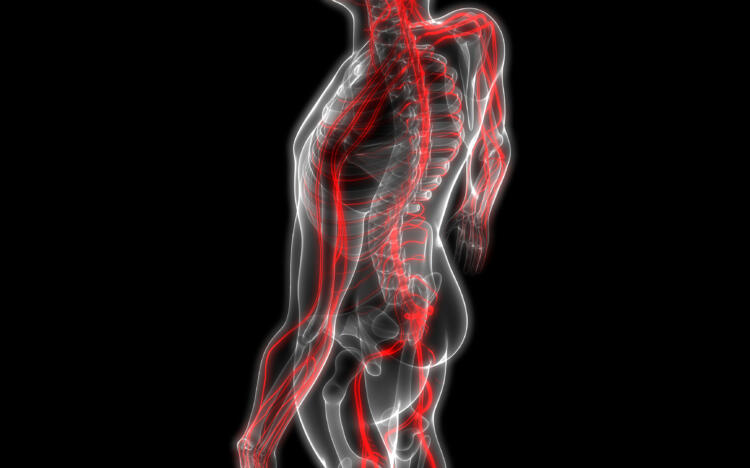Amitriptyline for nerve pain
Most medicines used to treat nerve pain (also called neuropathic pain) were originally developed to treat other conditions. Amitriptyline is a medicine that was first used to treat depression but is now commonly used at low doses to treat nerve pain.

